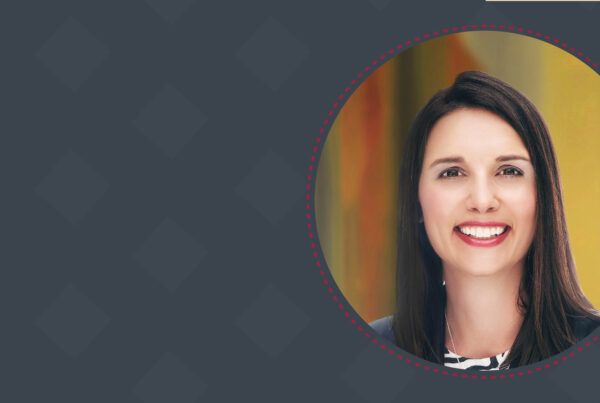Let’s face it: Not everyone is comfortable asking others – especially people they know – for money. It’s an acquired skill, and it takes a bit of courage. It typically takes someone with an outgoing personality who isn’t afraid to hear the answer “no.”
Leaders of nonprofit organizations, including religious ones, often find themselves in an endless cycle of replacing their development directors or stewardship coordinators. Many times they believe they have found the perfect person – only to see him or her leave within a year. Sometimes the grass is greener somewhere else, but often losing a quality development director could have been prevented.
The question you may be asking yourself is how do I find – and keep – the right person?
Experts list several reasons for this ongoing cycle of hiring a development director and, within 18 months, having to hire again:
- Development directors receive no training.
- They feel isolated because no one else in the organization wants to help raise money.
- They have little time to cultivate donors. Everything is an immediate need because organizations are budget-driven.
- They find themselves planning one fundraiser after the other. Burnout is inevitable.
So, what’s a leader of an organization to do? There are many answers, but first among them is to hire the right person – even if the process takes a little extra time. Don’t settle. Here are some suggestions for making a strong hire who will stick around:
- Look for a person with aggressiveness as a personality trait. Development directors typically are extroverts. If time allows, have your top candidates take the Meyers-Briggs personality test or a similar assessment to give you reliable data on personality traits.
- Invite your top candidates in to meet your organization’s staff and volunteers. Watch how they interact with others. They should be the ones initiating the conversation, rather than waiting for others to come to them.
Then, the question is how to keep your hire from leaving for another organization.
- Ask your development director to inventory his or her skills. Find training opportunities to help your director turn challenges into strengths. Designate budget dollars. The expense will be returned many times.
- Get involved in your organization’s development efforts. Donors often want – and sometime expect – to be approached by the organization’s leader. Don’t be the leader who washes his or her hands from this critical part of your organization.
- Give your development director time to breathe. Challenge him or her with short- and long-term goals for cultivating donors. Resist the urge to rush the process should times get tough.
- Evaluate your fundraisers. If you are like most organizations, you have too many. Keep the ones that count, in terms of dollars and cents, and in terms of creating awareness and making friends, and eliminate the rest.
At the Steier Group, we know the value of a strong development director and have worked with many excellent fundraisers across the country. If you have any questions regarding the professional services provided by the Steier Group, I encourage you to contact me at any time. We’d love to help you reach your development goals.



